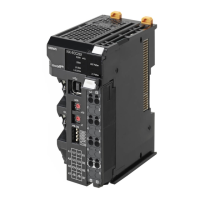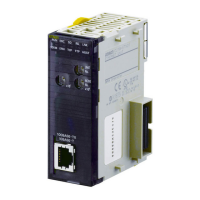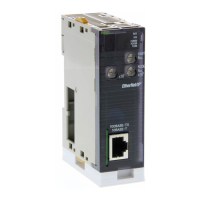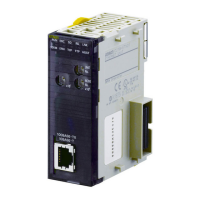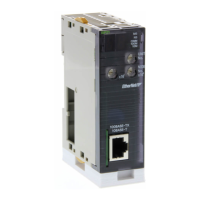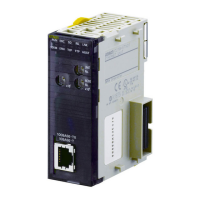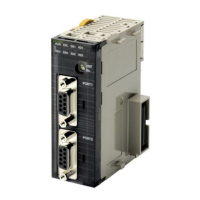567
Appendix F
Precautions with Connecting
Two-wire DC Sensors
When using a two-wire sensor with a Slave using transistor inputs, check that the following conditions have
been met.
Failure to meet these conditions may result in operating errors.
Relation between ON Voltage of Slave with Transistor Inputs and
Sensor Residual Voltage
V
ON
≤ V
CC
− V
R
V
CC
: I/O power supply voltage (The allowable power supply voltage range is 20.4 to 26.4 V, so 20.4 V will be
used here to allow for the worst possible conditions.)
V
ON
: ON voltage for a Slave with Transistor Inputs
V
R
: Sensor's output residual voltage
It is sometimes possible to satisfy the above equation by adjusting the I/O power supply voltage (V
CC
) to
26.4 V.
Relation between ON Current of Slave with Transistor Inputs
and Sensor Control Output (Load Current)
I
OUT
(min) ≤ I
ON
≤ I
OUT
(max.)
I
OUT
: Sensor control output (load current)
I
ON
: Slave ON current
I
ON
= (V
CC
− V
R
− V
F
)/R
IN
V
F
: Internal residual voltage of a Slave with Transistor Inputs
R
IN
: Input impedance of a Slave with Transistor Inputs
When I
ON
is smaller than I
OUT
(min), connect a bleeder resistor R.
The bleeder resistor constant can be calculated using the following equation.
R
≤ (V
CC
− V
R
)/(I
OUT
(min.) − I
ON
)
Power W
≥ (V
CC
− V
R
)
2
/R × 4 [allowable margin]
R
VCC
VR
RIN
2-wire
sensor
Slave with
Transistor
Input
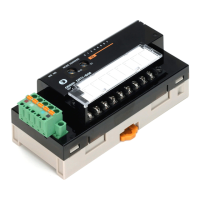
